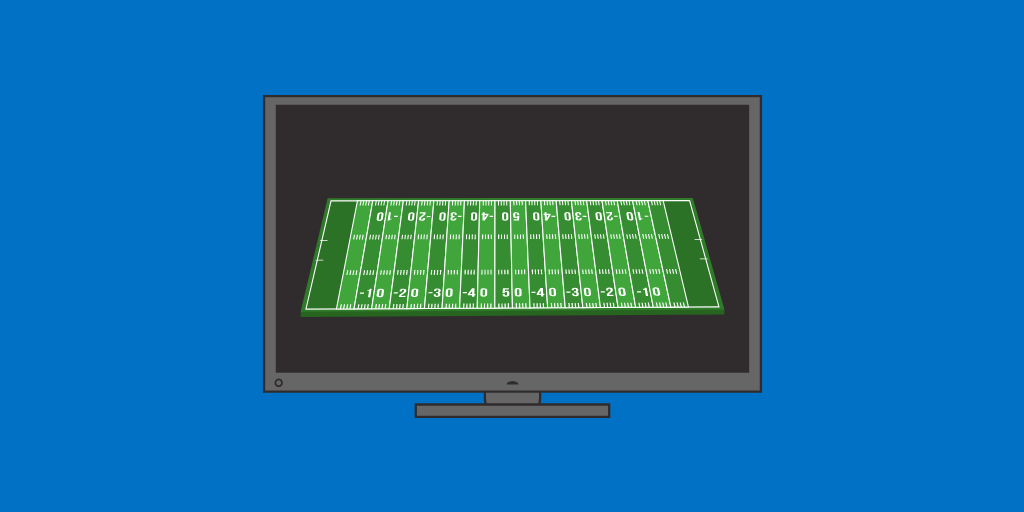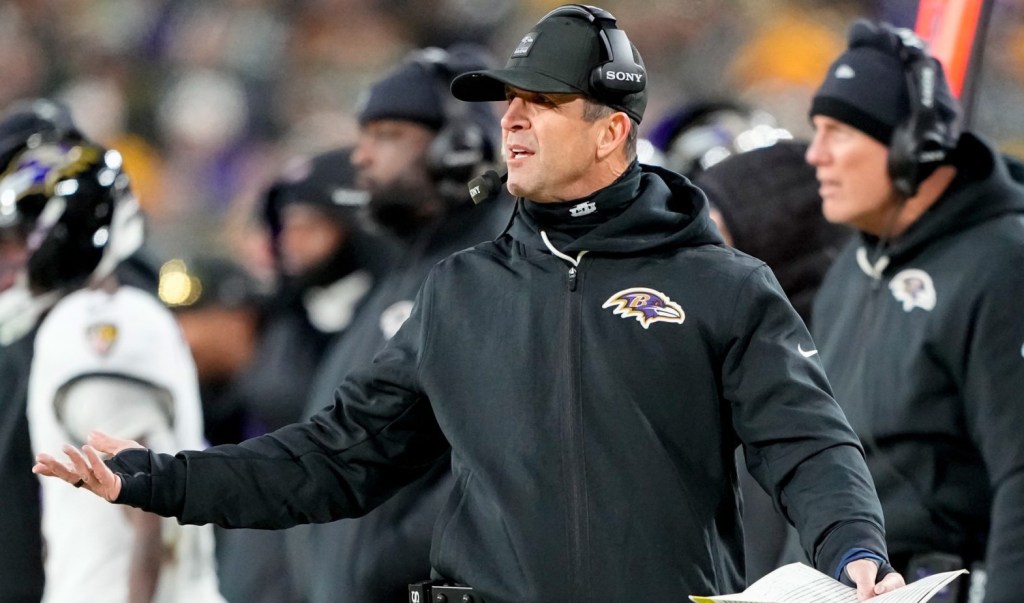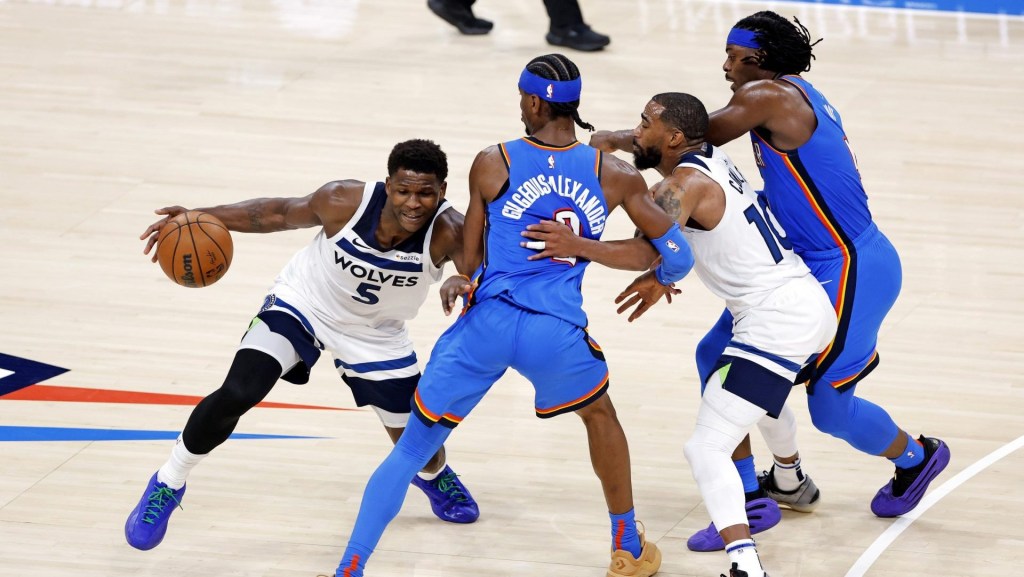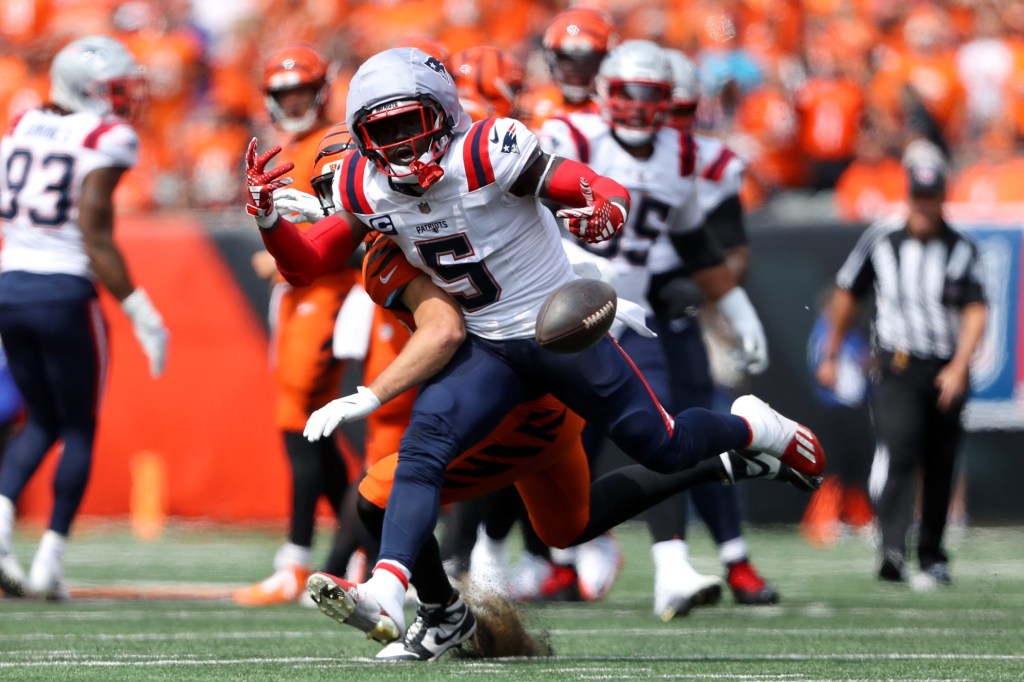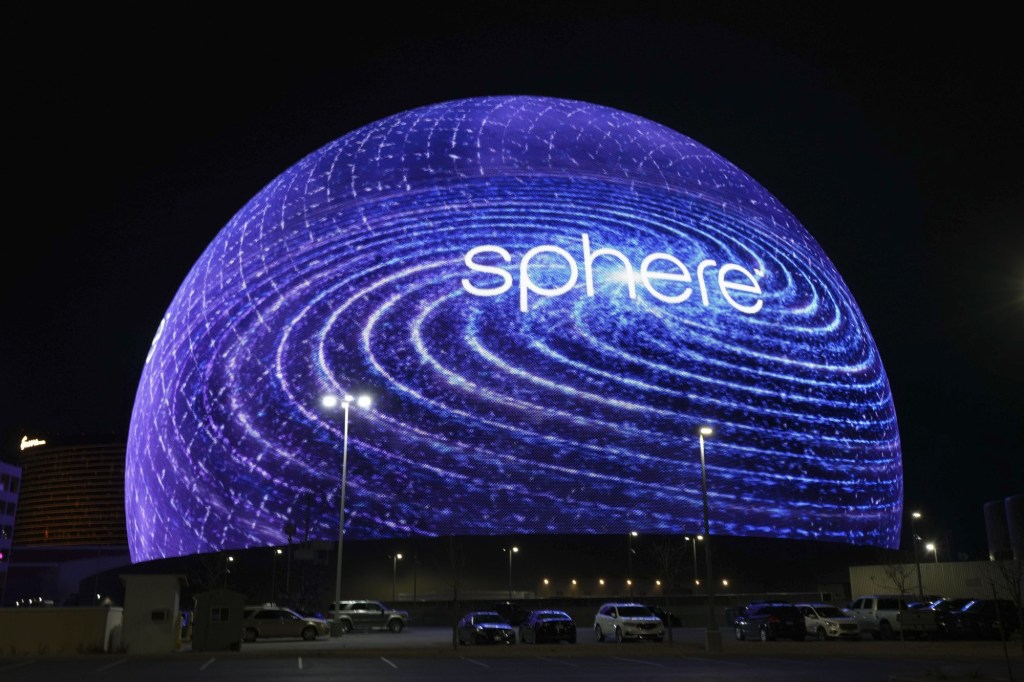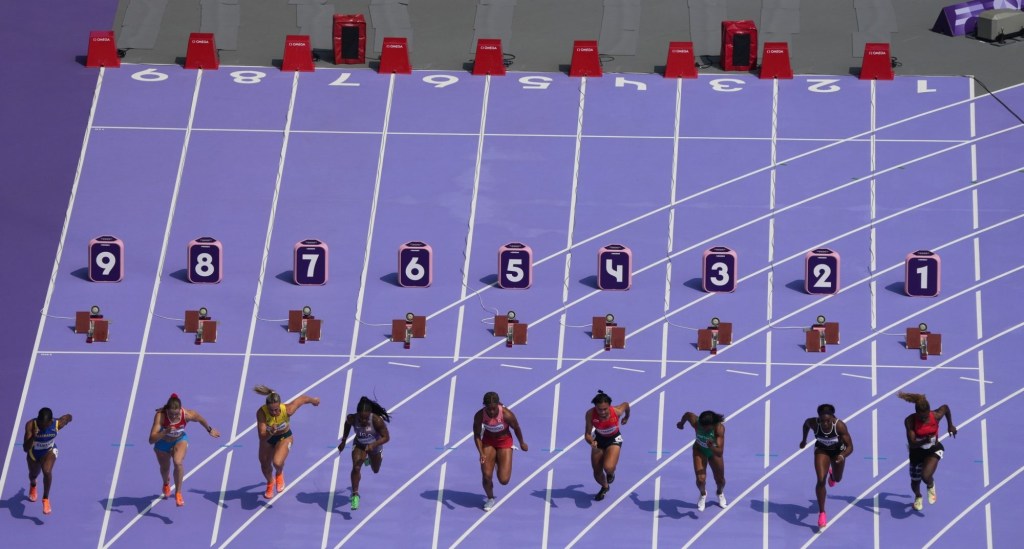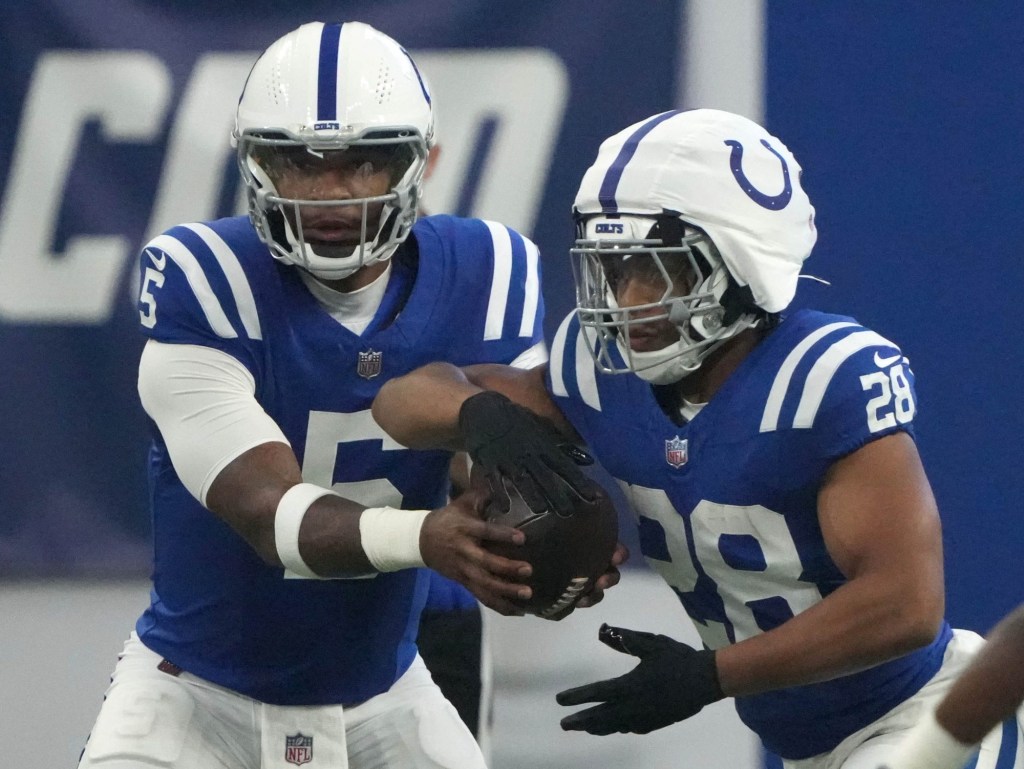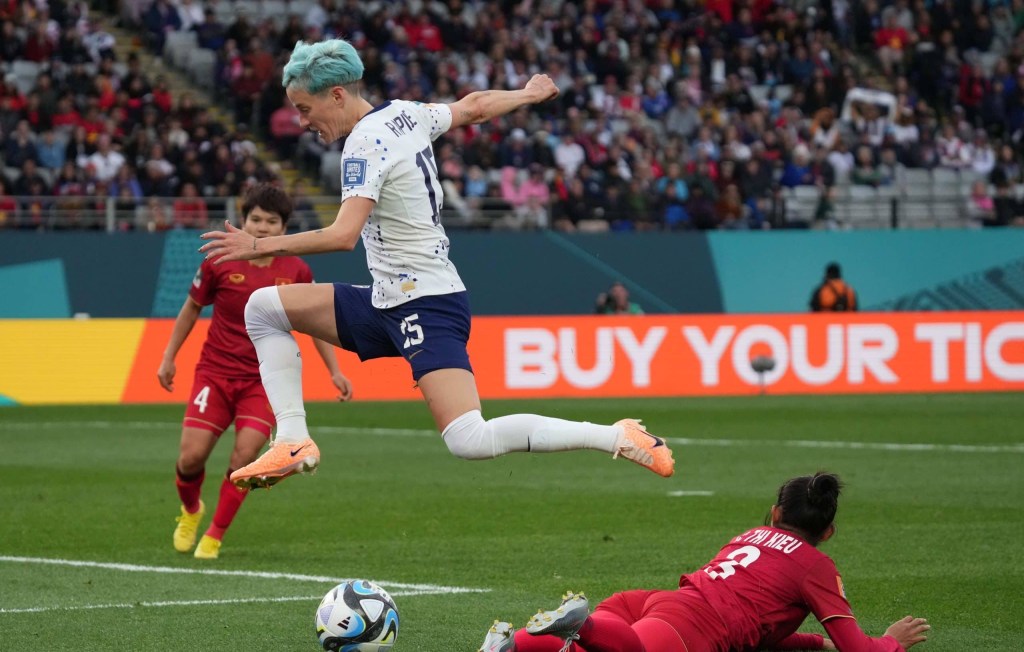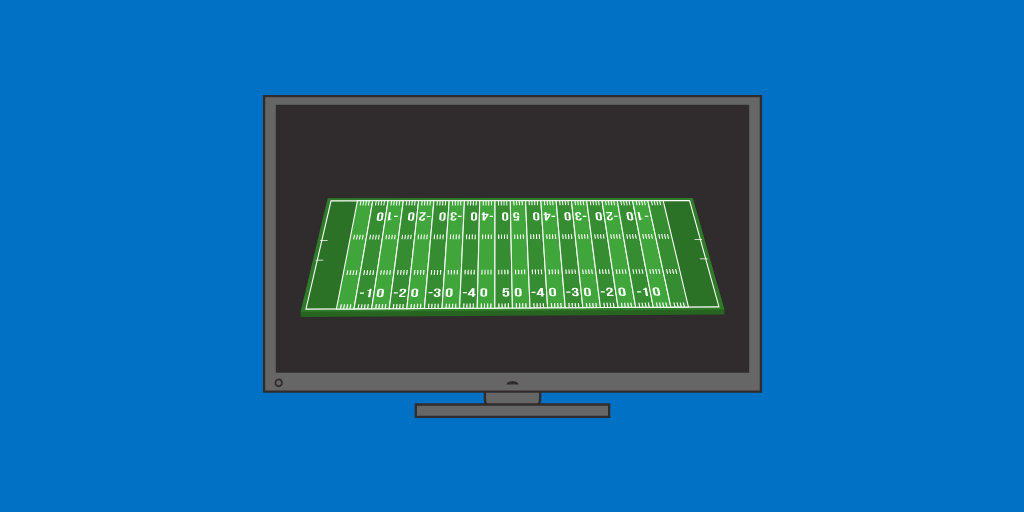
If you’ve been watching NFL games this year, chances are that you have seen a replay powered by Intel’s True View technology.
You may not have noticed who it was powered by, but if you have seen the highlights that give you a 360-degree angle of how the play happened without cutting to a different camera view, you have experienced what the technology has to offer.
True View is the latest from Intel that the company hopes will help change how fans consume and engage with highlights whether they see them on social media, TV, or in the stadium.
“Technology is really changing the way that we watch the game,” said Preston Phillips, managing director of global business development at Intel. “The fact of the matter is our goal at Intel is to change how fans experience sports.”
Marvin Hall… for 6!
👀 this angle with Intel True View #RiseUp pic.twitter.com/Nu0ksQ1FU9
— Atlanta Falcons (@AtlantaFalcons) October 23, 2018
Changing how fans experience sports isn’t an easy proposition given that there are millions of sports fans around the world, each with distinct viewing and consumption habits. Where one might enjoy sports on linear TV, another might enjoy streaming the game to their tablet.
Instead of fundamentally altering the overall experience, Intel sees what it is doing with the True View highlights as a way to enhance the viewing experience wherever it may be occurring.
SEE MORE: Reely Taps Into ‘Inevitable Future,’ Provides Instant Highlights Using AI
To do this, Intel has outfitted 15 NFL stadiums so far with 38 cameras, all of which are pointed at a different area of the field.
Using “volumetric video” Intel is able to capture video in 3D pixels that allow users to “live” within any place of the field.
[mc4wp_form id=”8260″]
Phillips likens the experience to a bumblebee flying through the field of play and Intel being able to place a virtual camera on that bumblebee to give viewers the chance to essentially see from whatever angle it is that they want to see.
“Imagine the quarterback having a virtual camera inside his helmet,” Phillips said. “Now, we can tweak things from any perspective. So if I want to see it from what he sees, or if I want to see it from the football vantage point of the left goalpost or the official, I can actually relive those experiences in almost real-time and find myself immersed in the action.”
The technology can also be used for more than just highlights. As Phillips notes, teams are using it to “dissect plays in film study.”
To help the highlights come to life, Intel has staffed each location in which the hardware has been deployed with two employees who watch the game and who are creating the clips in real time.
The Brady-@RobGronkowski TD from the QB's POV.#HOUvsNE pic.twitter.com/uIRwFTsdn2
— New England Patriots (@Patriots) September 10, 2018
Different than AR, the technology doesn’t require users to place anything over their face, an advantage that not only rests in adoption, but also in the fact that once they are able to broadcast live video through the cameras, fans will be able to choose how they want to be a part of each moment.
Known for the technology they provide inside of things like laptops and phones, Phillips and the team at Intel see sports as a vehicle that gives them the chance to show off their tech in a way that isn’t all that “techy.”
“What we are powering here is a massive data play,” Phillips said. “The technology that we have on each one of these 38 cameras is producing terabytes of information every 15 seconds. In a way, Intel being able to combine all of these various technologies into one place and deliver that via the sports vehicle is something that’s special for the entire company.”
